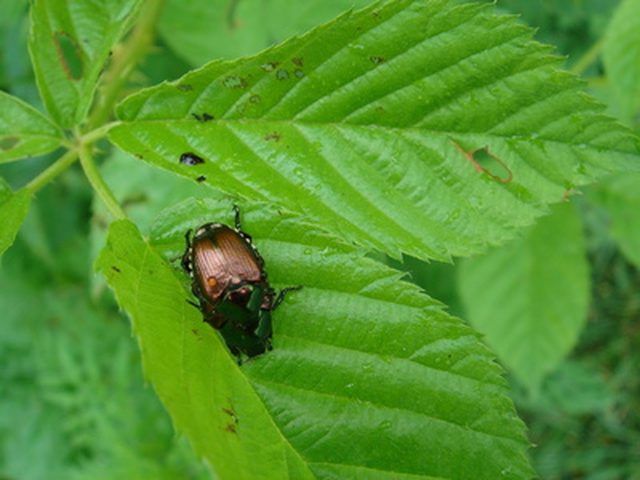Bulbs
Flower Basics
Flower Beds & Specialty Gardens
Flower Garden
Garden Furniture
Garden Gnomes
Garden Seeds
Garden Sheds
Garden Statues
Garden Tools & Supplies
Gardening Basics
Green & Organic
Groundcovers & Vines
Growing Annuals
Growing Basil
Growing Beans
Growing Berries
Growing Blueberries
Growing Cactus
Growing Corn
Growing Cotton
Growing Edibles
Growing Flowers
Growing Garlic
Growing Grapes
Growing Grass
Growing Herbs
Growing Jasmine
Growing Mint
Growing Mushrooms
Orchids
Growing Peanuts
Growing Perennials
Growing Plants
Growing Rosemary
Growing Roses
Growing Strawberries
Growing Sunflowers
Growing Thyme
Growing Tomatoes
Growing Tulips
Growing Vegetables
Herb Basics
Herb Garden
Indoor Growing
Landscaping Basics
Landscaping Patios
Landscaping Plants
Landscaping Shrubs
Landscaping Trees
Landscaping Walks & Pathways
Lawn Basics
Lawn Maintenance
Lawn Mowers
Lawn Ornaments
Lawn Planting
Lawn Tools
Outdoor Growing
Overall Landscape Planning
Pests, Weeds & Problems
Plant Basics
Rock Garden
Rose Garden
Shrubs
Soil
Specialty Gardens
Trees
Vegetable Garden
Yard Maintenance
What Is a June Bug & Japanese Beetle?
What Is a June Bug & Japanese Beetle?. June bugs and Japanese beetles are similar in what they eat and the damage they can do to grass and plants, but the june bug is nocturnal and the Japanese beetle does most of its feeding during the day.

June bugs and Japanese beetles are similar in what they eat and the damage they can do to grass and plants, but the june bug is nocturnal and the Japanese beetle does most of its feeding during the day.
June Bug Appearance
June bugs get their name from their appearance in the summer in porch lights all over the United States. They have maroon-brown wings and have ventral hair.
June Bugs
June bugs come out at night to feed on the foliage of trees and shrubs. They go to porch lights because they mistake the bright light for the moon or stars and orient to the light until they collide with it.
Japanese Beetles
The Japanese beetle is metallic green with bronze wing covers. The beetle was first noticed in New Jersey in 1916 and has since been seen eating plants throughout the eastern half of the country.
Japanese Beetle Eating Habits
Adult Japanese beetles feed during the day on tender leaves, ripening fruit and flowers. They often cluster in groups of 20 or more so that they can devour things quickly.
Larvae
Both the Japanese beetle and june bug lay their eggs under the surface of lawns and grassy areas. The larvae (grubs) feed on the grass roots until they are forced below the frost line, only to emerge in the summer as adults.